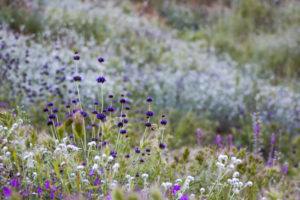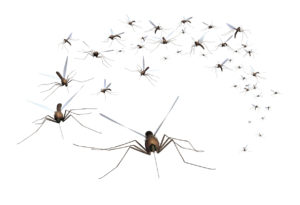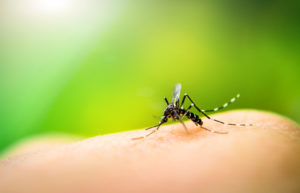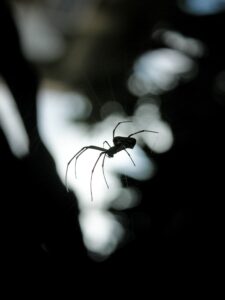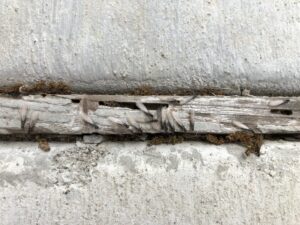8 Mosquito Repellent Plants
As the warmer months come closer, mosquitoes will start to become a more prevalent problem. Although mosquitoes are attracted to the sweat and body odor of humans, they are discouraged by certain strong scents that grow naturally in certain plants. With the risk of contracting the many diseases and viruses that mosquitoes spread, finding a solution to keep these pests away is key. Luckily, mosquitoes are deterred by a plethora of plants that can easily be planted in your yard, such as Basil or Catnip.
Want to know more about the plants that can easily be planted to discourage mosquitoes? Here are 8 plants that keep mosquitoes away from you and your property
Read MoreThe Mosquito Life Cycle
As these stages are easily distinguished by their special appearance, we will be providing information on each stage to help you identify where in the life cycle the mosquito is.
Read MoreMost Common Types of Mosquitoes in North America
As carriers of some of the world’s most deadly illnesses and the cause of millions of deaths, it is important to know the most common mosquito types and be able to identify them. Here are the most common types of mosquitoes in North America.
Read MoreSpiders in Austin, Texas
North America is home to over 3,400 species of spiders, ranking 7th in diversity of all organisms. Known as arachnids, spiders are air-breathing arthropods with 8 legs and use their fangs to inject venom into their prey. Texas alone has over 900 species of spiders, with many of them inhabiting Austin, Texas. Although not all venomous, it is key to be able to identify the species you may be in contact with.
While Texas has a large variety of spider species, this article aims to provide the most common types of spiders in Austin, TX.
Read MoreTop 5 Signs of Termites
Found in all U.S states except for Alaska, termites are considered a national pest problem. Estimated to cause $5 billion in property damage each year, termites can be nesting in properties for years before being found. Small and soft-bodied, these insects live in large colonies and destructively feed on various types of wood and cellulose-based plant material…
Read More
